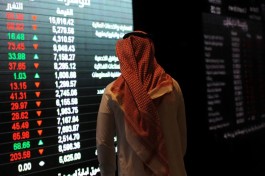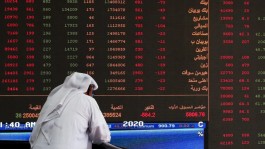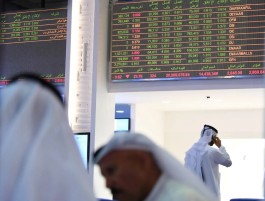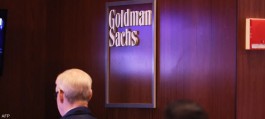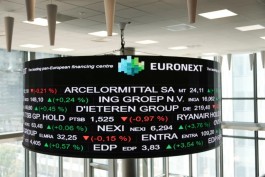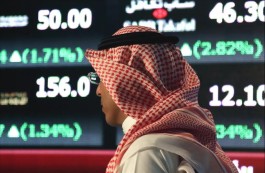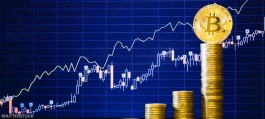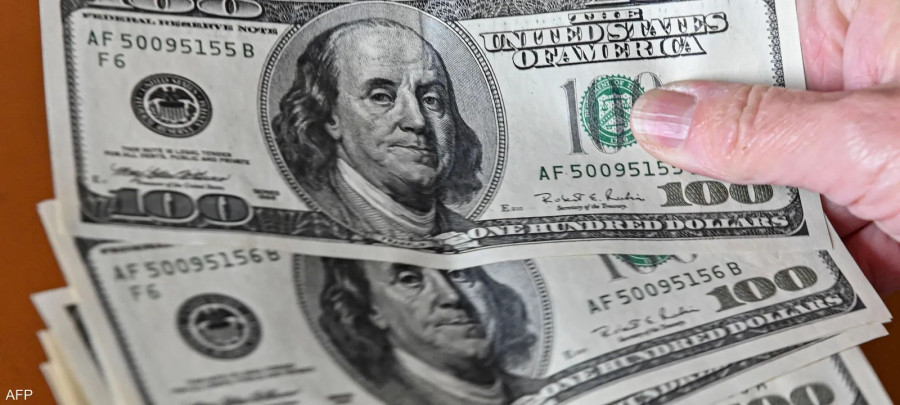The US dollar rose in early European trade on Tuesday, rebounding from recent lows, while the Australian dollar fell after the Reserve Bank of Australia signaled the end of its interest rate hike cycle.
At 14:20, the dollar index, which tracks the US currency against a basket of six other currencies, rose 0.434% to 105.480, above a two-month low of 104.84 seen on Monday.
Dollar rises amid hawkish Fed talk
The dollar index fell 1.3% last week, its biggest drop since mid-July, after the Federal Reserve gave pessimistic signals about the prospect of raising interest rates this year.
However, this tone changed after Minneapolis Fed President Neel Kashkari hinted at the need for further interest rate increases to control inflation.
The economy has proven to be really resilient even though we have raised interest rates a lot over the past two years. Kashkari said in an interview on Monday: This is good news.
But he added: We have not completely solved the inflation problem. We still have more work to do.
The Fed kept its overnight short-term interest rate target unchanged at a level of between 5.25% and 5.5% last week.
Federal Reserve Chairman Jerome Powell is scheduled to speak on Wednesday and Thursday, and traders will be looking to see if he will support this more hawkish stance.
The euro falls after weak German industrial production
The EUR/USD pair fell by 0.1% to 1.0701, after German industrial production fell more than expected in September, falling by 1.4% compared to the previous month.
This adds to growing signs that the euro zone's largest economy is facing difficulties and is likely to end the year in a technical recession.
European Central Bank member Robert Holzman said Monday that the ECB must remain vigilant on inflation and be prepared to raise interest rates again if necessary, after the central bank halted its monetary policy tightening cycle in late October.
However, Holzmann, the governor of the Austrian Central Bank, is on the hawkish end of the spectrum as far as ECB policymakers are concerned, and the majority of his colleagues may not hold these views given the slowdown in growth in the region.
The GBP/USD pair fell 0.2% to 1.2321, after reaching a seven-week high of 1.2428 on Monday.
Also, grocery inflation in Britain fell below 10% for the first time since July 2022, according to data from market research firm Kantar, providing some relief to consumers as they enter the key Christmas shopping period.
The Australian dollar fell after the Reserve Bank of Australia meeting
USD/AUD fell 0.9% to 0.6429 after the Reserve Bank of Australia raised interest rates to a 12-year high as widely expected, but changed its tune on future expectations by easing its forward guidance.
Traders viewed this change as pessimistic and began betting that the central bank had finished its interest rate hike cycle, putting the Australian dollar on track to record its biggest single-day decline in a month.
Chinese exports disappoint in October
{{2111|CNY/USD}} rose 0.2% to 7.2847, as data showed that exports in China contracted more than expected in October, while the country's trade surplus narrowed to its weakest level in 17 months.
While imports rose unexpectedly, weak exports indicated deteriorating demand in the country's largest export destinations in the West.
The JPY/USD pair rose 0.3% to 150.45, retreating again past the key 150 level on the back of a stronger dollar.









